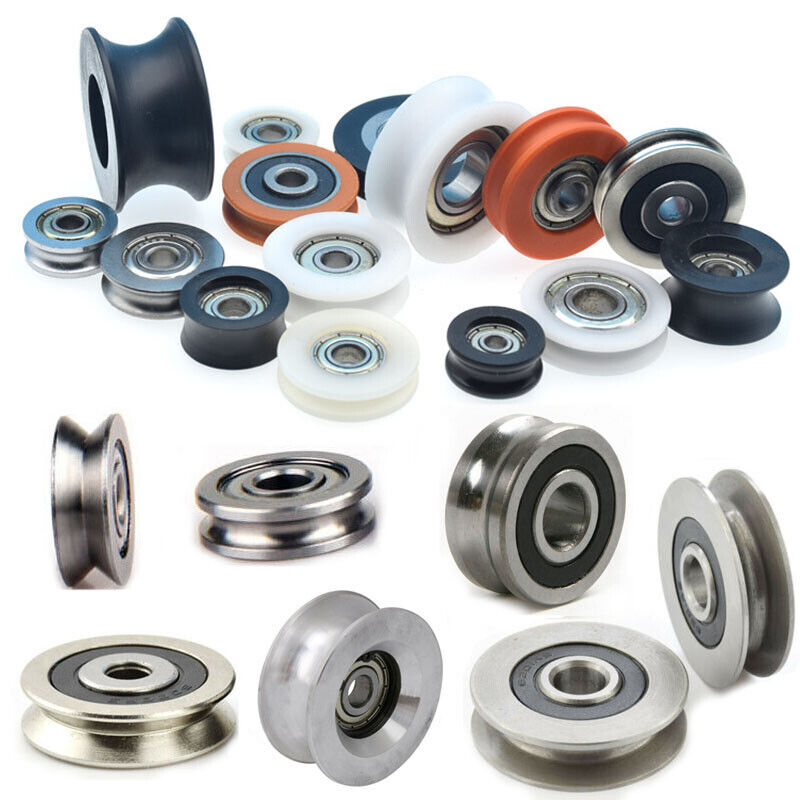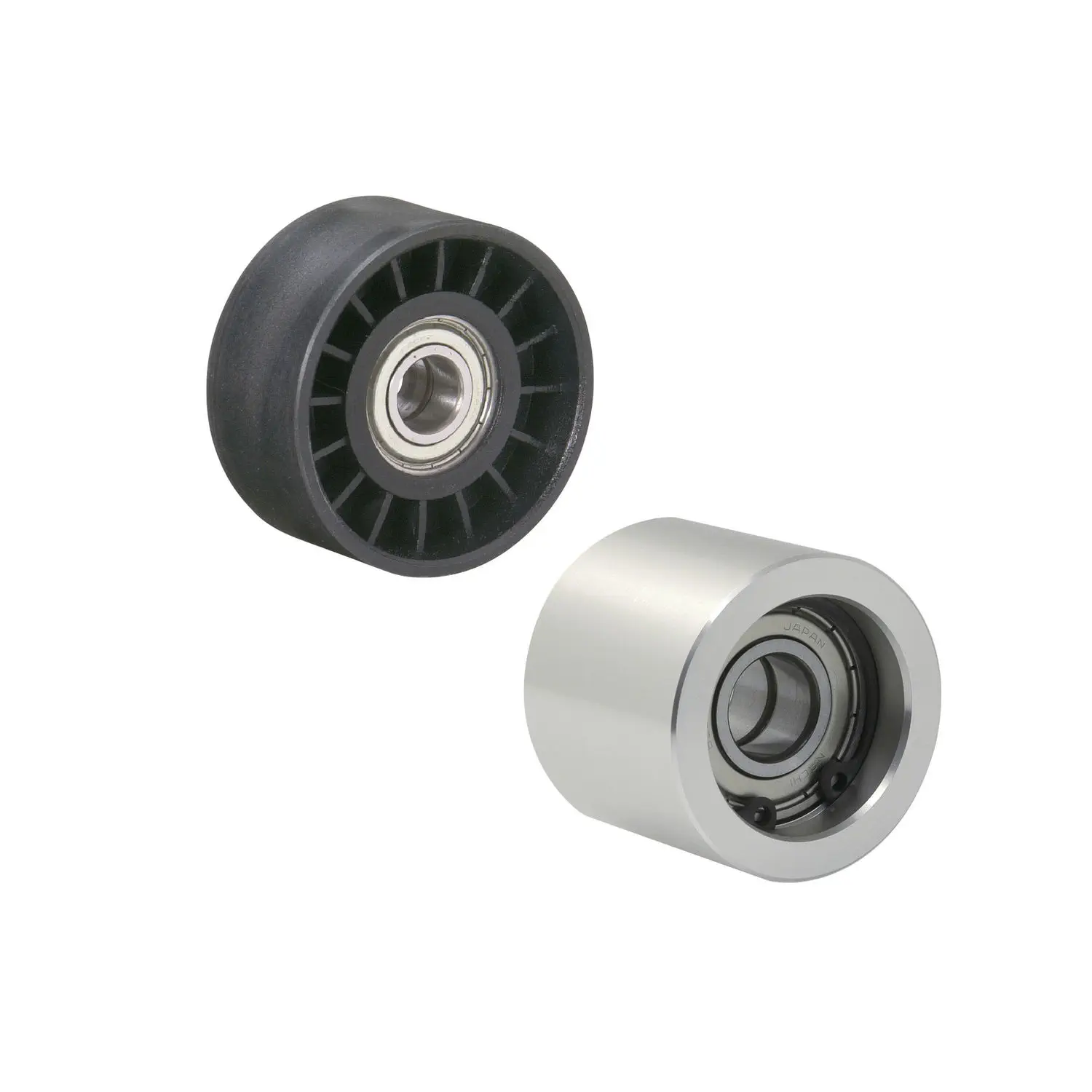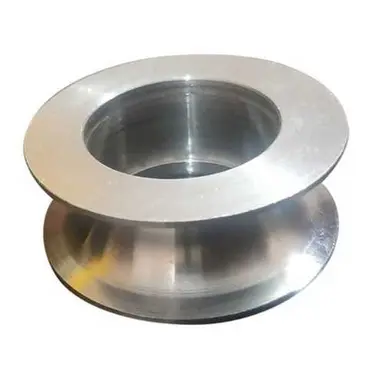Product Description
Belt Tensioner Roller Pulley YS4E19A216AA 95WF19A216AC 1139951 15711 YF571930A for CHINAMFG FIESTA III (GFJ)ESCORT MK VII ESTATE(GAL ,ANL)
Product Description
|
Product Name |
Belt Tensioner Roller Pulley YS4E19A216AA 95WF19A216AC 1139951 15711 YF571930A for CHINAMFG FIESTA III (GFJ)ESCORT MK VII ESTATE(GAL ,ANL) |
| Certification | ISO/TS16949:2009 |
|
OE Number |
YS4E19A216AA 95WF19A216AC 1139951 15711 YF571930A |
| Car Fitment | FORD MONDEO |
|
Quality guarantee |
12 months |
|
Leading time |
30 days |
|
MOQ |
50pcs |
Why Choose Us
1.Reply your enquiry in 24 working hours,any time you can contact me.
2.OEM, buyer design, buyer label services provided.
3.Exclusive and unique solution can be provide to our customer by our welltrained
and professional engineers and staffs.
4.we can provide free sample for your check
5.we have the certification of ISO 9001
6.Special discount and protection of sales area provided to our distributor.
7.timely delivery
8.Good after-sale service
9.Small MOQ is acceptable
Our Service
1.Your inquiry related to our products or prices will be replied in 24 hours.
2.Protection of your sales area, ideas of design and all your private information.
3.Best quality and competitive price.
Packaging & Delivery
1.Packaging Details:Can be customized
2.Delivery Detail:About 3-5 days and based on your requirements.
FAQ
Q1.Are you a Manufacturer or a Trading Company?
A: We are a professional manufacturer specializing in filters for several years.
Factory belong to us,100% industrial corporation,not cooperating partner.It would be our big honor,if you can come to visit us.
Q2.What products can you supply?
A: As a manufacturer, Gpaiplus Company with more than 10 years experience.
We produce a complete range of oil filters, air filters, cabin air filters and fuel filters.If you have your own brand or willing to start one, we would be happy to do OEM for you.
Q3: How is the quality of the filters?How do you guarantee the after-sale service?
A: Strict control before shipment.
If any problems caused by the product itself, we will supply you the new replaced ones ASAP.
Q4. Can I get some samples? How could I pay the sample charge?
A: It depents on the sample costs, but the freight might be bared by our customers.
We accept the sample payment via Western Union,Money Gram or T/T.
Q5. What is the payment terms?
A: Our paymnet terms: 30% deposit before production, 70%balance before shipment.
Q6. How long is your Delivery Time ?
A: If there is stock, the delivery time is about 3-5 working days after getting the payment.
If no stock,30-45 working days according to the order.
/* January 22, 2571 19:08:37 */!function(){function s(e,r){var a,o={};try{e&&e.split(“,”).forEach(function(e,t){e&&(a=e.match(/(.*?):(.*)$/))&&1
| After-sales Service: | Standard |
|---|---|
| Type: | Tensioner Bearing |
| Material: | Stainless Steel |
| Tolerance: | P0 |
| Certification: | ISO |
| Condition: | New |
| Customization: |
Available
| Customized Request |
|---|

How do roller pulleys enhance the reliability and performance of conveyor systems?
Roller pulleys play a crucial role in enhancing the reliability and performance of conveyor systems. Here are several ways in which they contribute to the overall efficiency and effectiveness of these systems:
- Smooth Material Handling: Roller pulleys provide a smooth and controlled surface for materials to move along the conveyor system. The rotating rollers minimize friction and resistance, allowing for efficient and consistent material flow. This smooth handling reduces the risk of jams, bottlenecks, and product damage, resulting in improved operational reliability.
- Load Distribution: Roller pulleys distribute the weight of the conveyed materials across multiple rollers, evenly distributing the load. This load distribution prevents excessive stress on individual rollers, bearings, and other conveyor components. By distributing the load, roller pulleys help maintain the integrity of the conveyor system, minimize wear and tear, and extend the overall lifespan of the equipment.
- Reduced Power Requirements: The low rolling resistance provided by roller pulleys reduces the power requirements of the conveyor system. With less energy needed to move materials along the conveyor, the system operates more efficiently, resulting in lower energy consumption and reduced operating costs.
- Flexibility and Adaptability: Roller pulleys offer flexibility and adaptability in conveyor system design. They can be configured to accommodate various layouts, including straight sections, curves, and inclines. Roller pulleys with specialized features, such as tapered rollers or grooved rollers, can be utilized to handle specific material handling requirements. This adaptability allows for the efficient customization of conveyor systems to suit different applications and operational needs.
- Easy Maintenance: Roller pulleys are designed for easy maintenance and replacement. They are typically accessible and can be quickly replaced when necessary. Routine maintenance tasks, such as lubrication or cleaning, can be performed efficiently, minimizing downtime and maximizing the availability of the conveyor system.
- Compatibility with Automation: Roller pulleys are compatible with various automation technologies, such as robotics and automated guided vehicles (AGVs). They can seamlessly integrate with these systems, enabling the automation of material handling processes. Roller pulleys ensure precise movement and alignment, allowing for smooth interaction between the conveyor system and automated equipment.
- Scalability: Roller pulleys facilitate the scalability of conveyor systems. Additional roller pulleys can be easily incorporated to extend the length of the conveyor or accommodate increased material flow. This scalability allows for the efficient expansion or modification of conveyor systems as operational requirements evolve.
By providing smooth material handling, load distribution, reduced power requirements, flexibility, easy maintenance, compatibility with automation, and scalability, roller pulleys significantly enhance the reliability and performance of conveyor systems. They optimize material flow, minimize downtime, and contribute to the overall productivity of logistics and manufacturing operations.

How do roller pulleys contribute to the efficiency and productivity of material handling operations?
Roller pulleys play a crucial role in enhancing the efficiency and productivity of material handling operations in conveyor systems. Here are the ways in which roller pulleys contribute to these aspects:
- Smooth Material Flow: Roller pulleys provide a smooth surface for the conveyor belt to move on, minimizing friction and allowing materials to flow seamlessly. The low rolling resistance offered by roller pulleys reduces the energy required to transport materials, resulting in improved efficiency and optimized power consumption.
- Reduced Manual Effort: By utilizing roller pulleys, manual effort in material handling operations is significantly reduced. The rollers support the weight of the materials and facilitate their movement along the conveyor, eliminating or minimizing the need for manual pushing or lifting. This reduces physical strain on workers, increases their productivity, and lowers the risk of injuries.
- Flexibility and Versatility: Roller pulleys offer flexibility and versatility in material handling operations. They can be designed and configured to accommodate various conveyor layouts, including straight sections, curves, inclines, and declines. This adaptability allows for efficient material transfer across different areas of a facility or between different stages of a production process.
- Accurate Sorting and Distribution: Roller pulleys are often used in sorting and distribution applications, where precise and controlled movement of materials is required. By incorporating specialized rollers, such as tapered rollers or diverter rollers, conveyor systems can accurately divert, merge, or sort materials based on predetermined criteria. This improves the accuracy and speed of sorting operations, leading to enhanced productivity and throughput.
- Increased Throughput: Efficient material handling facilitated by roller pulleys results in increased throughput. The smooth movement of materials, reduced bottlenecks, and optimized flow contribute to higher processing speeds and improved overall production capacity. Conveyor systems with properly designed roller pulleys can handle larger volumes of materials, allowing for faster and more efficient material handling operations.
- Automation Integration: Roller pulleys are compatible with automation technologies, such as sensors, controllers, and robotic systems. This enables the integration of conveyor systems with automated material handling processes. By incorporating roller pulleys into automated systems, tasks such as material loading, unloading, sorting, and packaging can be streamlined and performed with high precision, further enhancing efficiency and productivity.
In summary, roller pulleys contribute to the efficiency and productivity of material handling operations by enabling smooth material flow, reducing manual effort, providing flexibility and versatility, facilitating accurate sorting and distribution, increasing throughput, and supporting automation integration. These benefits make roller pulleys an essential component in optimizing material handling processes across various industries and applications.

Can you explain the key components and design features of a roller pulley?
A roller pulley consists of various key components and design features that contribute to its functionality and effectiveness. Here’s a detailed explanation:
Key Components of a Roller Pulley:
1. Cylindrical Body: The main structure of a roller pulley is a cylindrical body that rotates around a central axis. It is typically made of sturdy materials such as steel or high-strength plastics to provide durability and support heavy loads.
2. Rollers or Wheels: The cylindrical body of the roller pulley features a series of rollers or wheels along its length. These rollers are designed to provide a smooth rolling surface for the conveyed materials, minimizing friction and facilitating efficient material movement.
3. Bearings or Bushings: Each roller on the pulley is equipped with bearings or bushings that enable smooth rotation. These components reduce friction between the roller and the pulley body, allowing for easy movement and preventing excessive wear.
4. Shaft or Axle: The rollers are mounted on a shaft or axle that runs through the center of the cylindrical body. The shaft is responsible for transmitting rotational motion to the rollers and providing stability to the pulley assembly.
5. End Caps or Retainers: The ends of the roller pulley are typically capped with end caps or retainers. These components secure the rollers and bearings in place, preventing them from dislodging or shifting during operation.
Design Features of a Roller Pulley:
1. Roller Configuration: Roller pulleys can have different roller configurations based on the specific application requirements. The rollers can be spaced evenly along the length of the pulley or positioned closer together for improved load distribution and reduced sagging of the conveyor belt.
2. Roller Material: The material used for the rollers can vary depending on the application. Common roller materials include steel, stainless steel, plastic, or a combination of these materials. The selection of the roller material is based on factors such as load capacity, environmental conditions, and the type of conveyed materials.
3. Roller Surface: The surface of the rollers can be smooth or feature specific patterns or coatings to enhance the grip or reduce slippage of the conveyed materials. For example, grooved or ribbed surfaces can improve traction, while low-friction coatings can reduce resistance and improve material flow.
4. Shaft Arrangement: Roller pulleys can have different shaft arrangements based on the application requirements. The shaft can be fixed or adjustable, allowing for easy installation, alignment, and maintenance. Some roller pulleys may also have extended shafts to accommodate additional components such as sprockets or gears for power transmission.
5. Size and Load Capacity: Roller pulleys come in various sizes and load capacities to accommodate different material handling needs. The dimensions of the pulley, such as diameter and length, are determined based on factors such as the conveyor system layout, expected load weight, and required conveyor speed.
6. Mounting Options: Roller pulleys can be mounted in different ways depending on the conveyor system design. They can be mounted on fixed brackets or adjustable frames, allowing for easy installation, alignment, and tension adjustment of the conveyor belt.
7. Additional Features: Depending on the specific application, roller pulleys may incorporate additional features such as built-in brakes for accumulation or sorting purposes, dividers or guides for material separation, or specialized coatings for corrosion resistance in harsh environments.
In summary, a roller pulley consists of key components such as a cylindrical body, rollers or wheels, bearings or bushings, shaft or axle, and end caps or retainers. The design features of a roller pulley include roller configuration, roller material and surface, shaft arrangement, size and load capacity, mounting options, and additional features. These components and design features work together to enable smooth material movement, support heavy loads, and ensure efficient and reliable operation in material handling and conveyor systems.


editor by CX
2024-05-02













